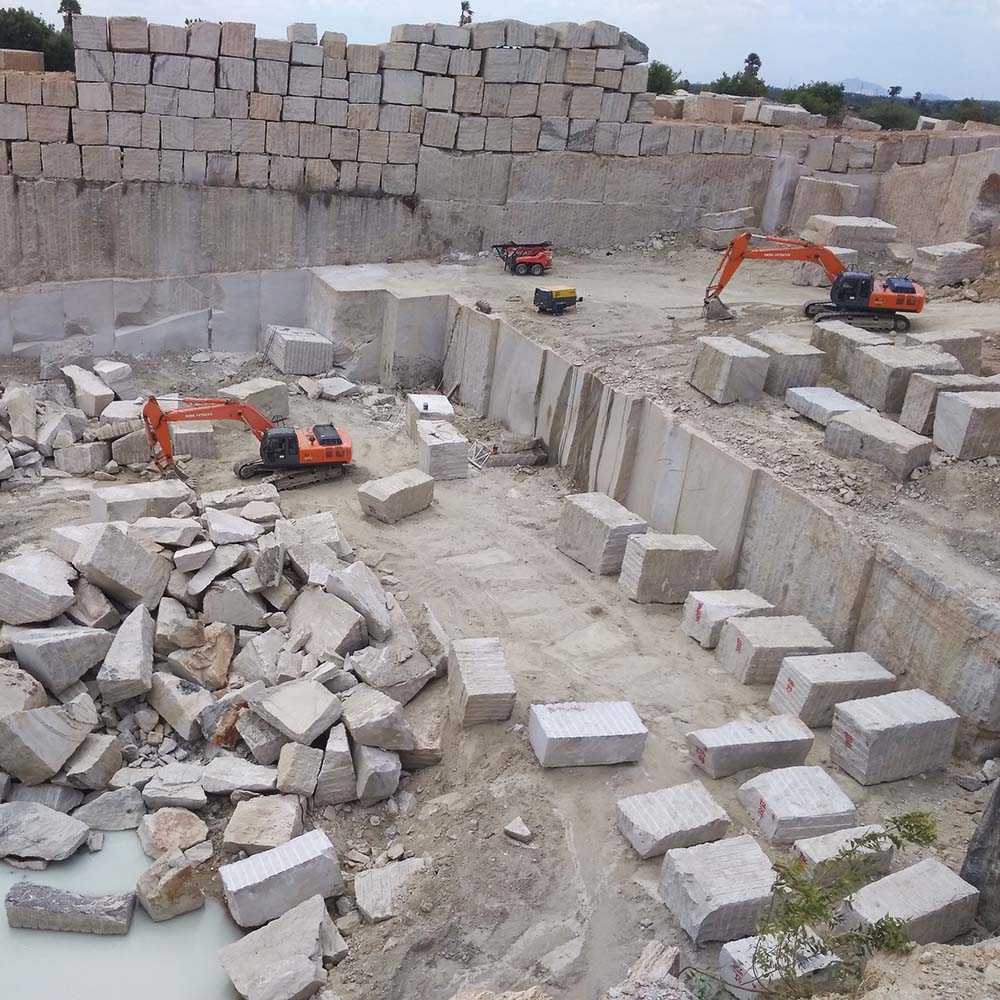The Concealed Gems: Checking Out Granite Quarries in South Africa
The Concealed Gems: Checking Out Granite Quarries in South Africa
Blog Article
Unearthing the Rich History and Sustainable Practices of Granite Quarrying
As we depend on the precipice of uncovering the intricate tapestry of granite quarrying, a trip via time exposes not simply the physical act of drawing out rock but additionally the cultural and historic importance woven into the extremely fabric of this method. From the ancient beginnings that laid the structure for modern-day quarrying methods to the sustainable practices that are forming the future of this market, each carve mark on granite surfaces narrates waiting to be uncovered (granite quarries in south africa). The heritage of granite quarrying extends far beyond plain extraction; it is a testament to human ingenuity, resilience, and the enduring appeal of this majestic stone
Ancient Origins of Granite Quarrying
Going back to ancient civilizations, the method of quarrying granite has been an essential part of human history and architectural development. The earliest evidence of granite quarrying dates back to old Egypt, where substantial pyramids and elaborate sculptures were crafted from this sturdy stone. The Egyptians used primitive devices to remove granite blocks from quarries, showcasing the relevance of this product in their significant building and constructions.
Moving onward in history, the Greeks also made considerable contributions to the quarrying of granite. The Greeks used granite in various architectural wonders, such as holy places and statuaries, demonstrating their ability in shaping and carving this sturdy rock. The Romans further fine-tuned the strategies of quarrying granite, utilizing advanced devices like knives and hammers to extract and shape granite for their renowned structures.
With the centuries, the method of quarrying granite has progressed, with contemporary innovations improving efficiency while maintaining the timeless appeal of this natural rock - granite quarries in south africa. From ancient people to contemporary home builders, the heritage of granite quarrying continues to shape our world
Advancement of Quarrying Strategies
The development of quarrying methods has been noted by a continual progression towards better performance and accuracy in drawing out granite. From the rudimentary methods employed by our forefathers to the advanced technologies utilized in modern-day quarrying operations, the sector has actually gone through significant developments. Early quarrying strategies entailed manual work with basic tools such as chisels, hammers, and wedges to remove granite blocks from the earth. As human beings progressed, techniques like fire-setting and primitive nitroglycerins were presented to assist in the removal process.
In more recent times, the development of equipment reinvented the quarrying market, enabling much faster removal rates and increased efficiency. Technologies such as diamond cord saws, high-pressure water jets, and pneumatic drills have come to be basic in modern-day quarries, permitting accurate cutting and reduced waste. Moreover, improvements in computer-controlled devices and 3D modeling have actually optimized quarrying operations, resulting in minimal environmental impact and improved sustainability techniques. As the need for granite continues to rise, the advancement of quarrying strategies remains integral to meeting market requires efficiently and sustainably.
Cultural Value of Granite
Granite holds an extensive cultural value across various human beings due to its long-lasting presence in architectural masterpieces and admired monuments. From the impressive pyramids of Egypt to the elaborate makings of the Angkor Wat temple in Cambodia, granite has actually been a material of choice for sharing grandeur and long life in social heritage. In old Rome, granite columns adorned temples and public structures, signifying stamina and durability. The cultural significance of granite extends past its physical characteristics; it embodies resilience, security, and eternity, making it an icon of sustaining traditions and traditions.

Sustainable Practices in Quarrying
Among the rich background of granite quarrying and its social significance exists an expanding focus on lasting techniques within the market. As ecological awareness and issues concerning source deficiency have heightened worldwide, the quarrying field has actually increasingly welcomed sustainable methods to decrease its influence on the setting and bordering areas.

In addition, improvement and rehabilitation of quarry websites post-extraction are indispensable to sustainable practices. By recovering quarried locations to a natural or beneficial state, such as creating wild animals habitats or recreational spaces, quarriers can balance out the environmental impact of their operations and contribute positively to the local environment.
Legacy of Granite Quarrying
With a historic backdrop steeped in workmanship and commercial progress, what sustaining impact has granite quarrying left on the landscape of modern society? The tradition of granite quarrying transcends plain extraction methods; it has formed architectural wonders, metropolitan landscapes, and social heritage worldwide. The sturdy nature of granite has actually made it a preferred selection for monuments, structures, and infrastructure, standing as a testament to the skill and artistry of quarry workers throughout generations.
Furthermore, the economic footprint of granite quarrying can not be forgotten. The sector remains to supply work chances and drive regional economic climates in areas where granite click here to read removal is prevalent. It has also stimulated technical improvements in quarrying strategies and tools, resulting in more effective and lasting methods.
In regards to sustainability, the tradition of granite quarrying consists of efforts to alleviate ecological effects via improvement jobs and responsible source monitoring. By balancing economic interests with ecological stewardship, the industry strives to guarantee that future generations can proceed to gain from this enduring natural deposit.
Final Thought

Report this page